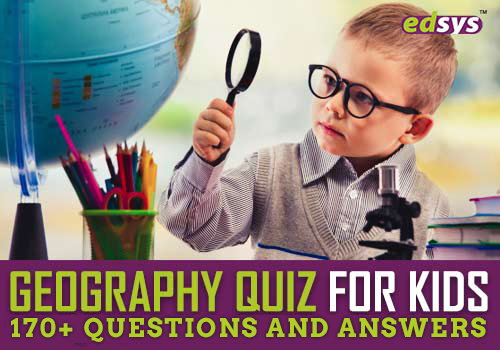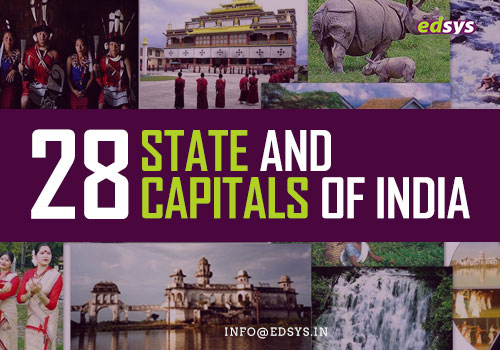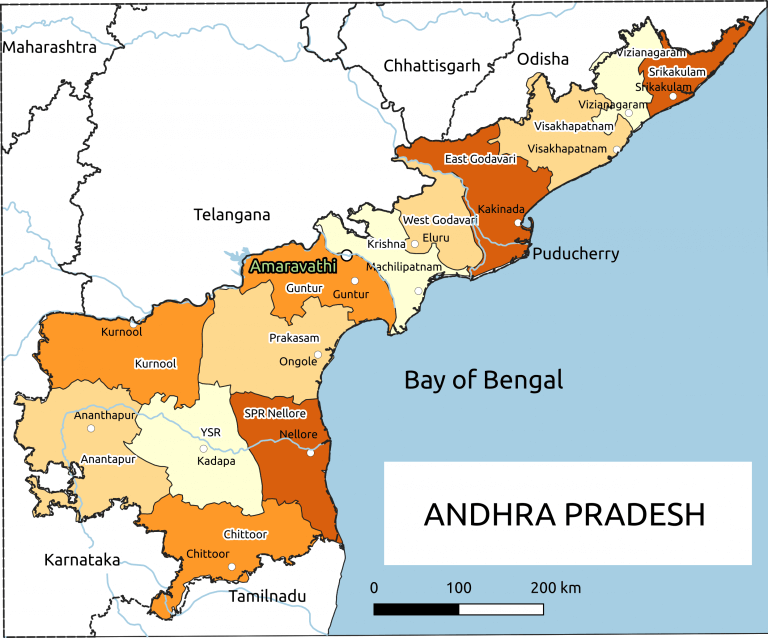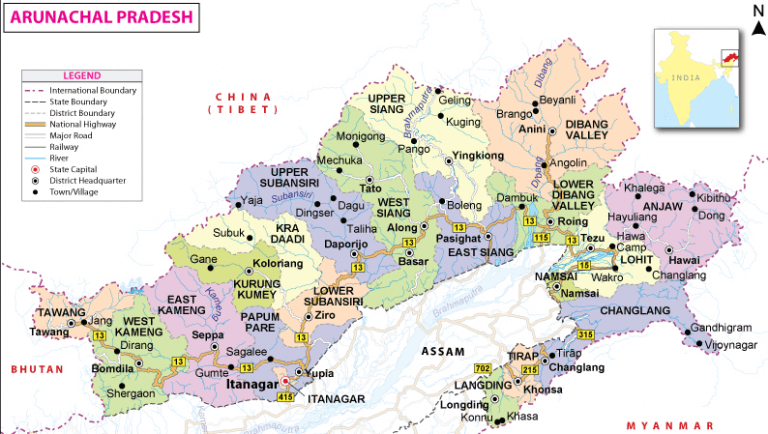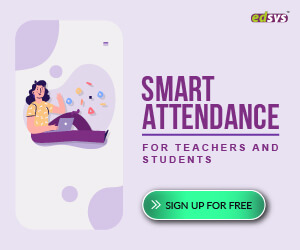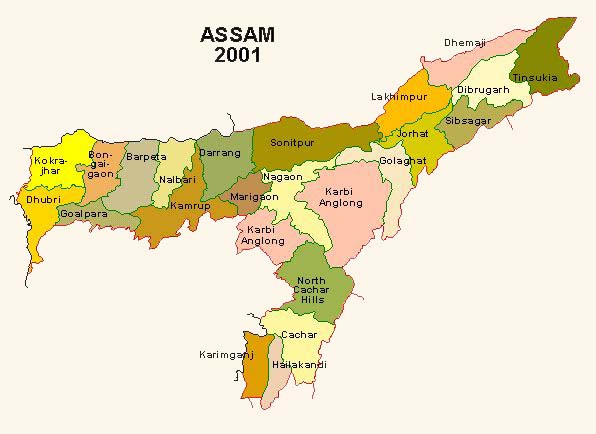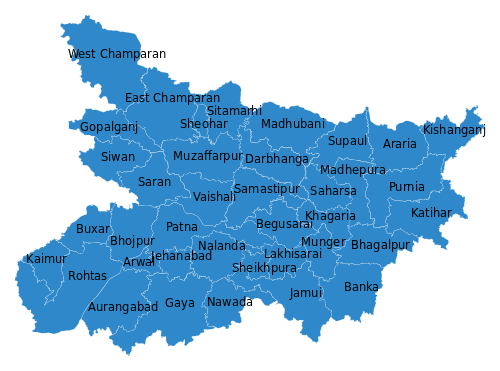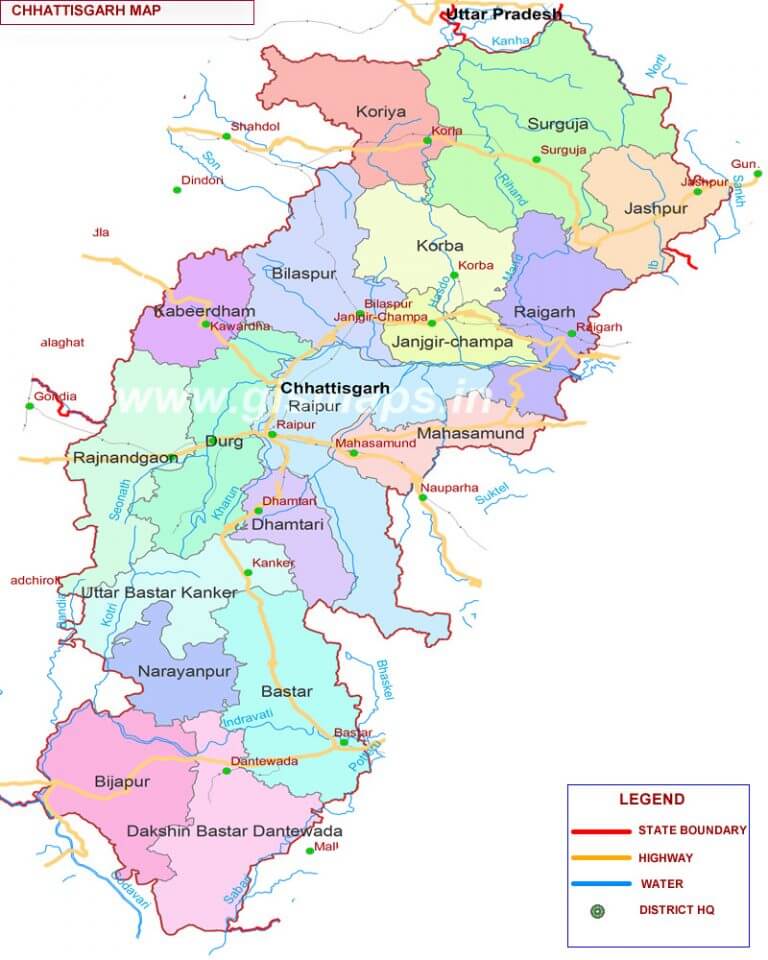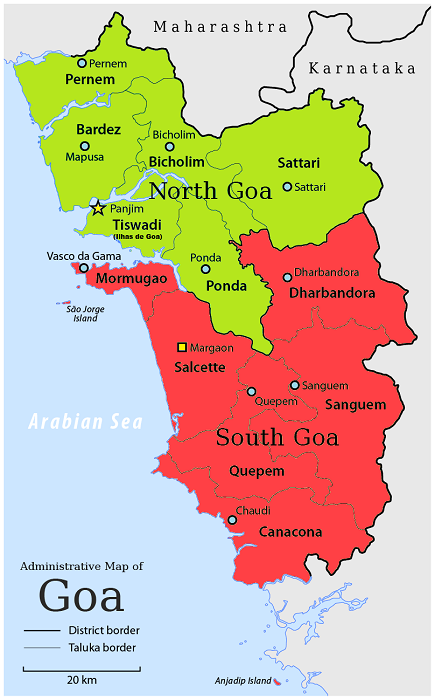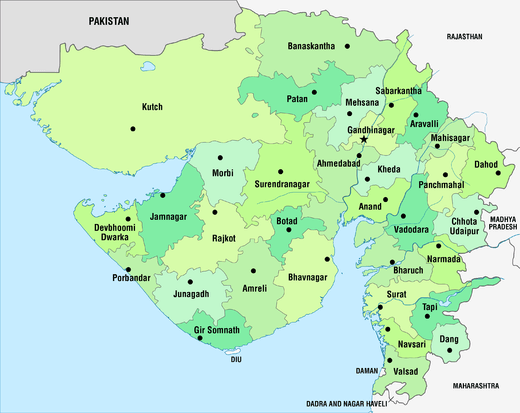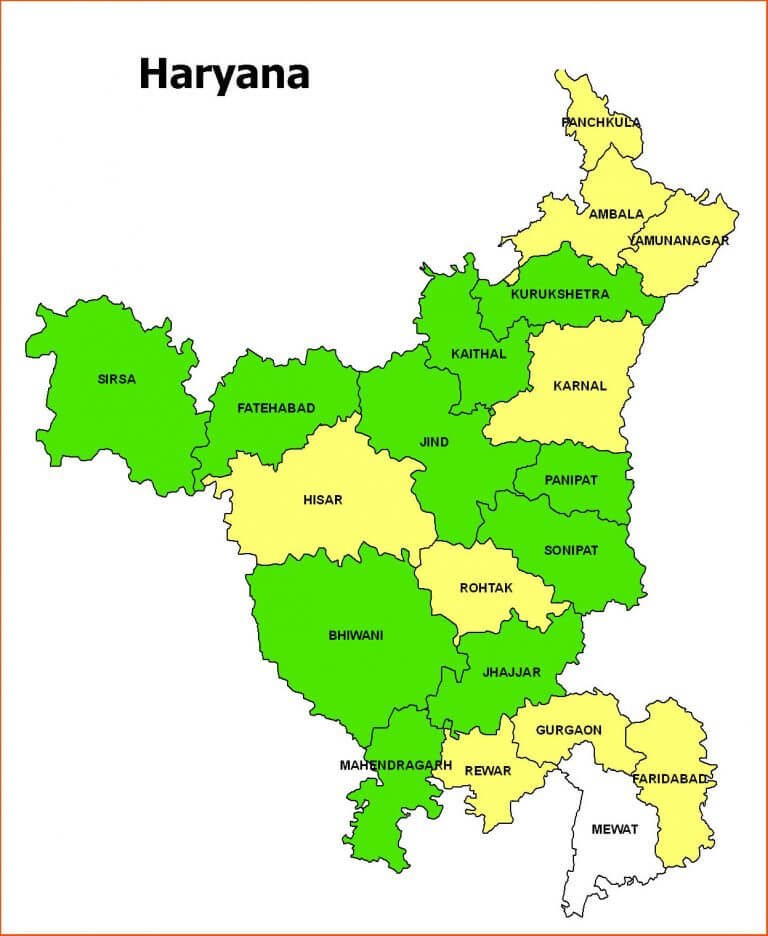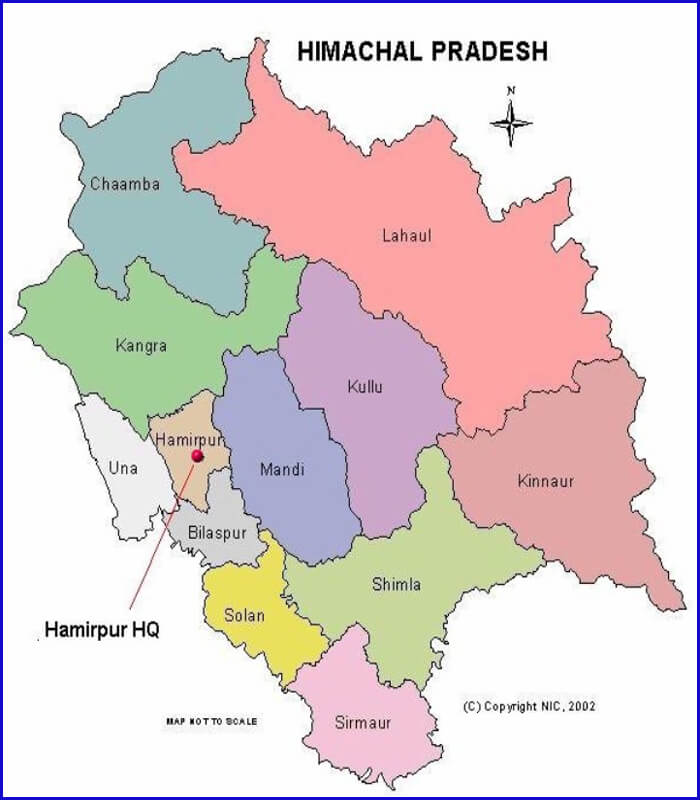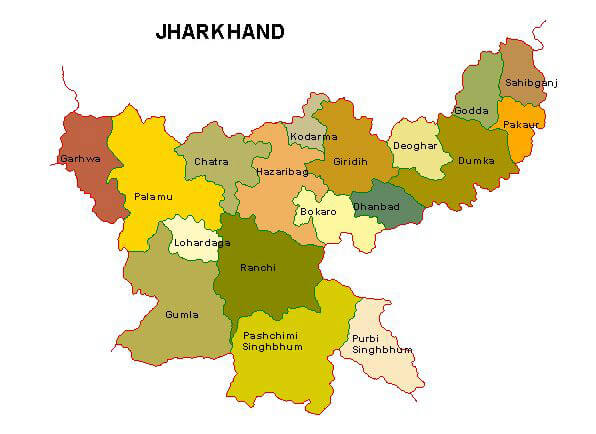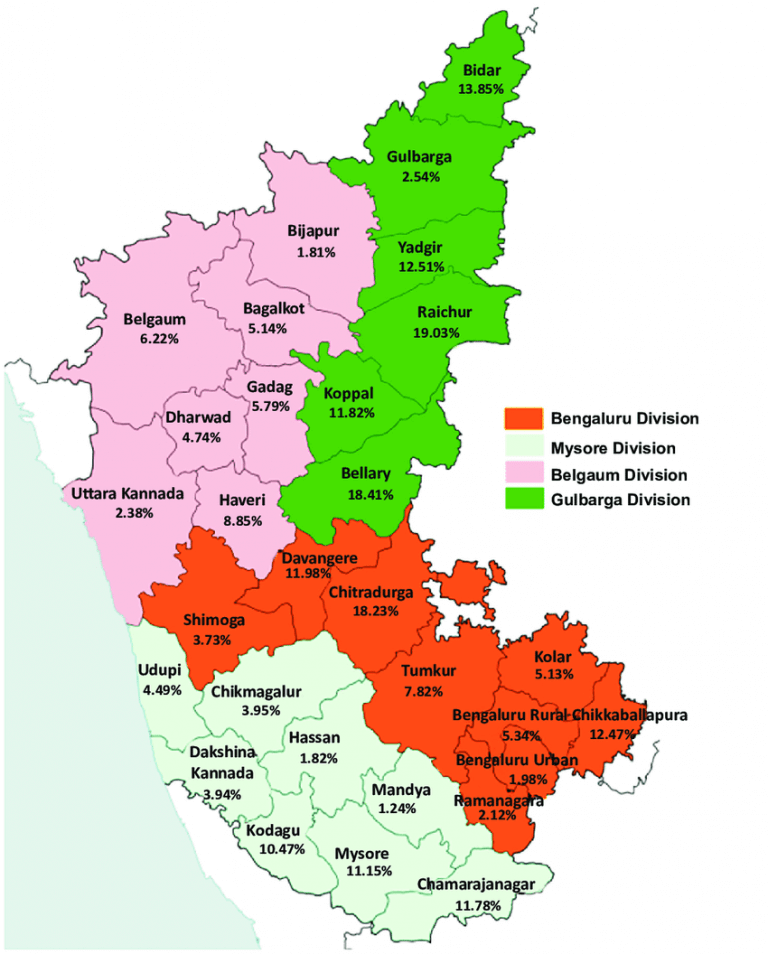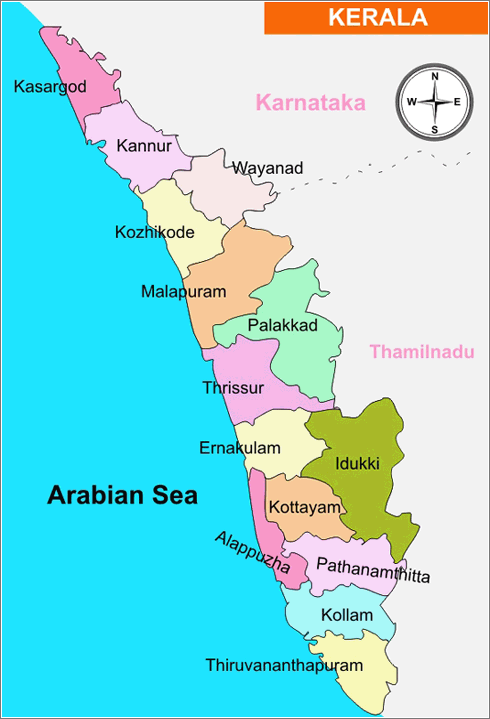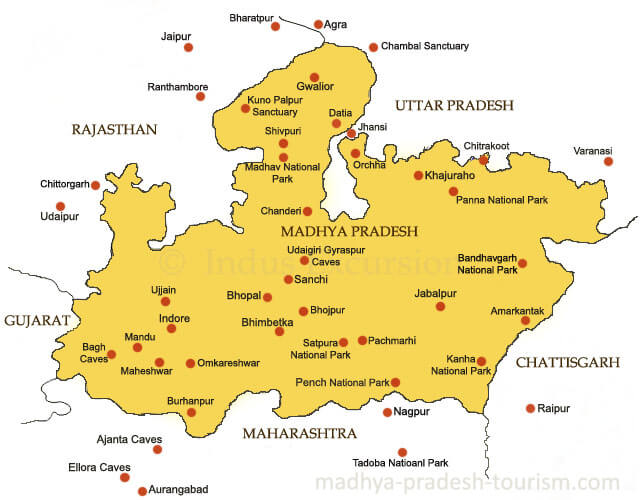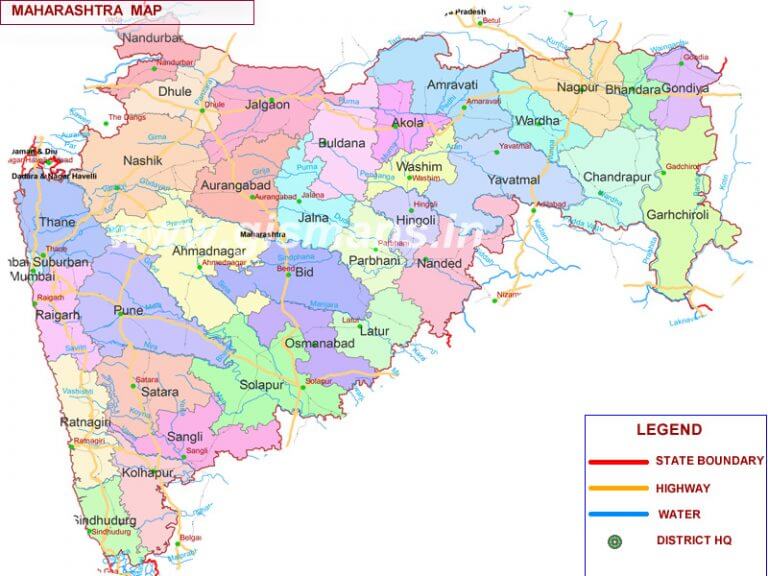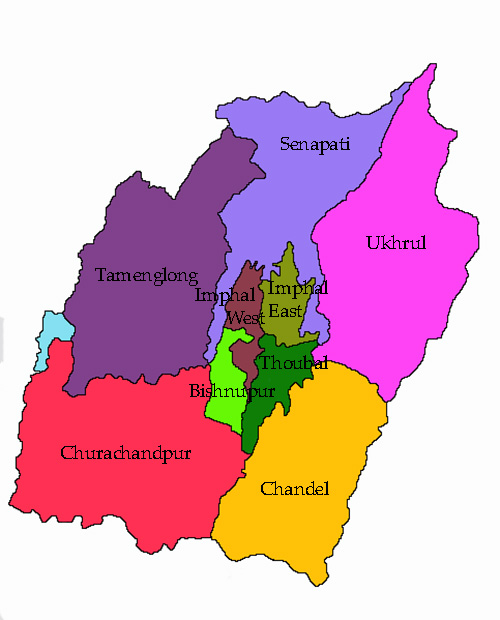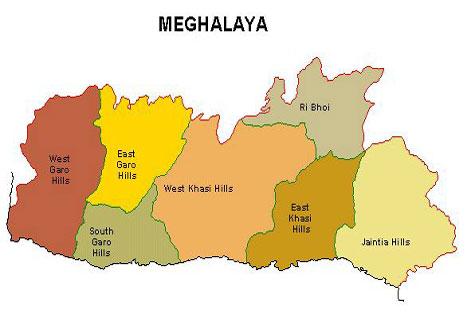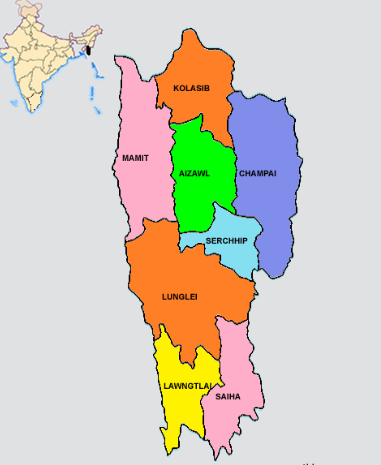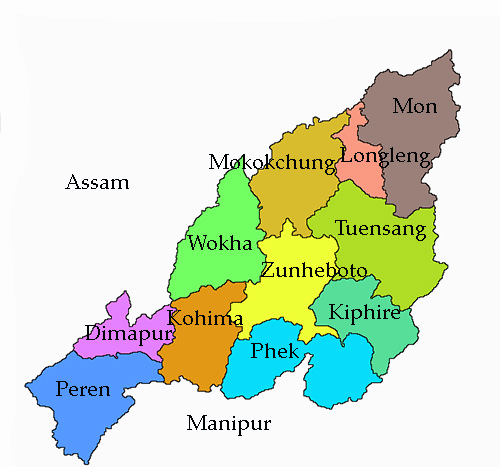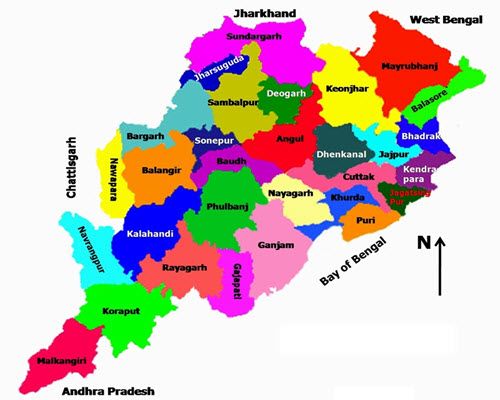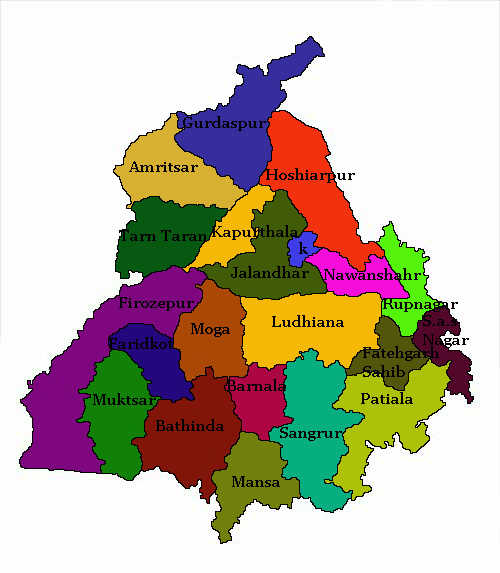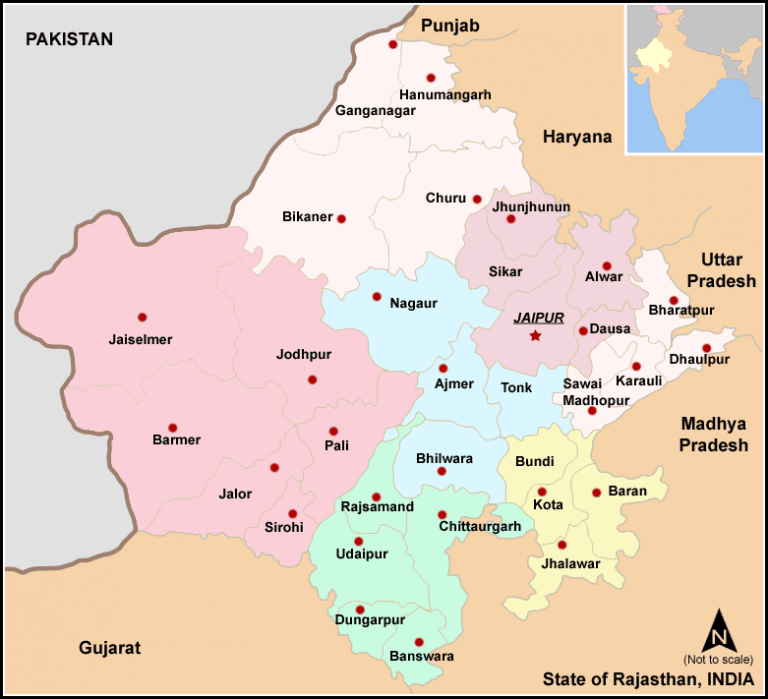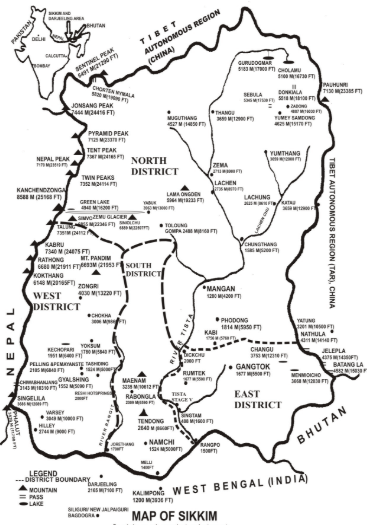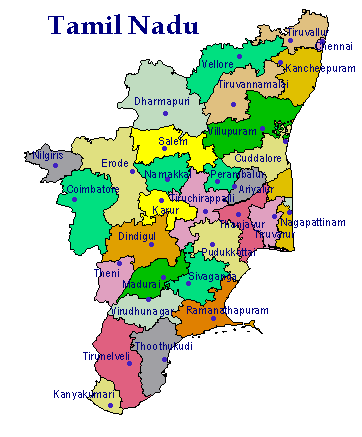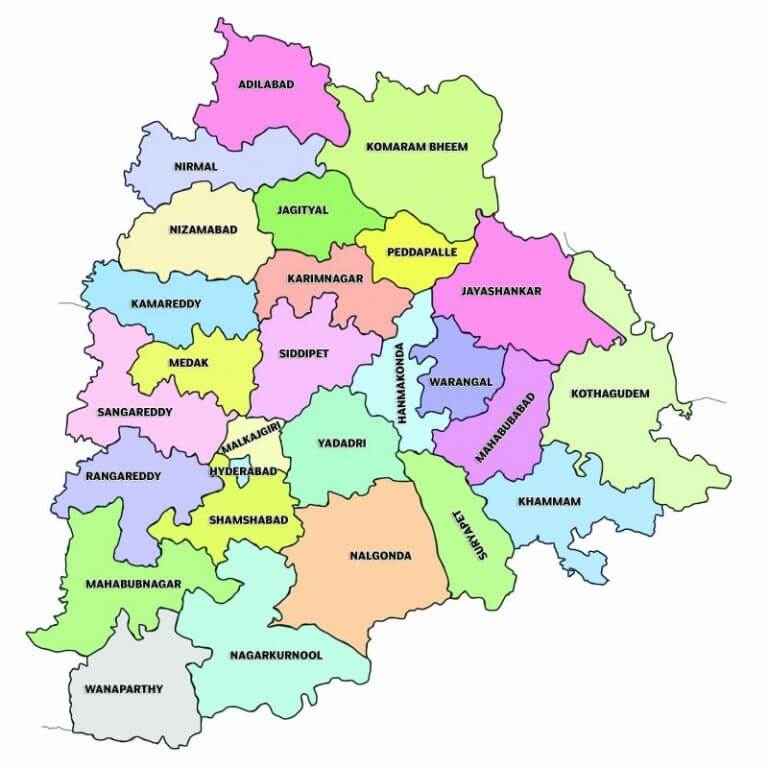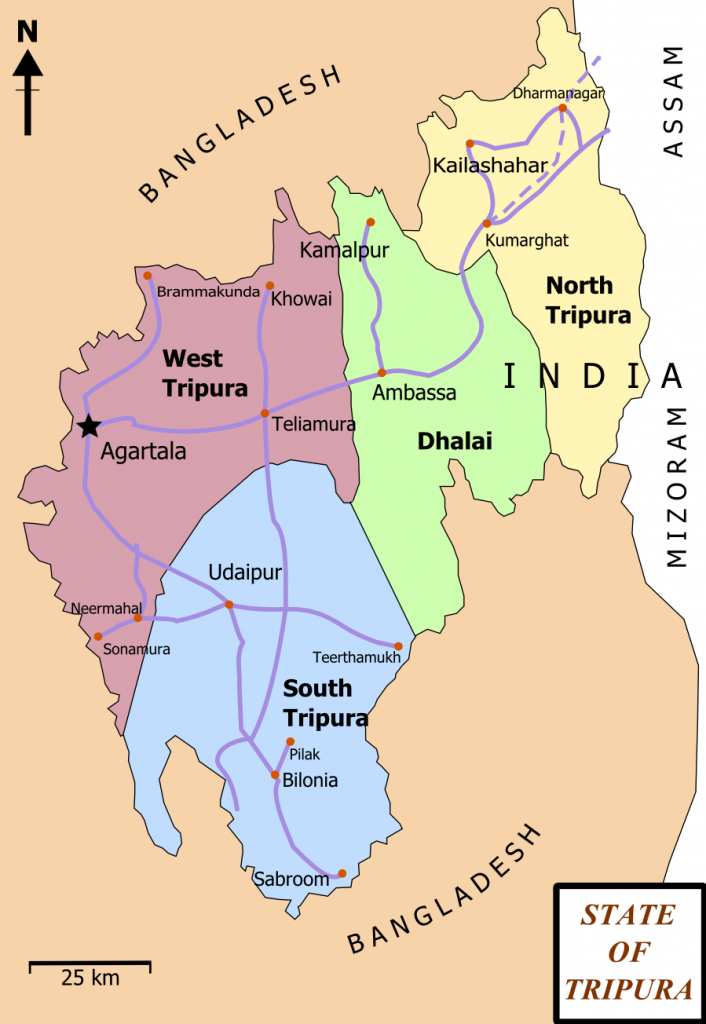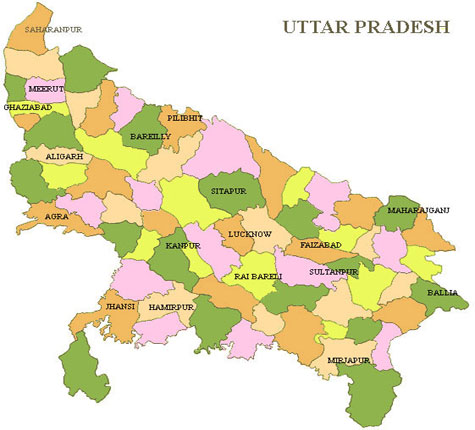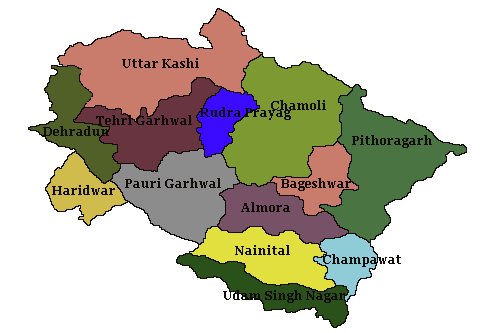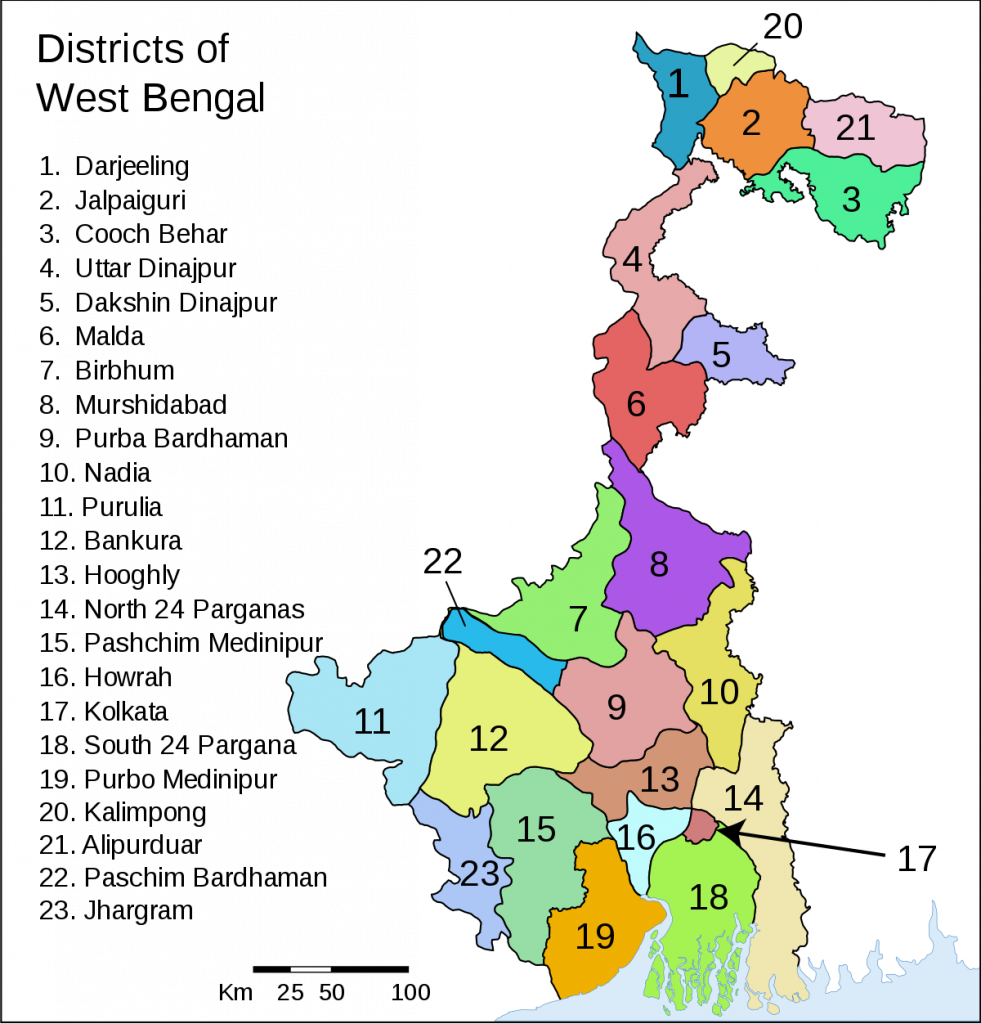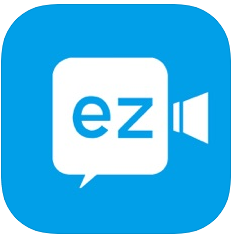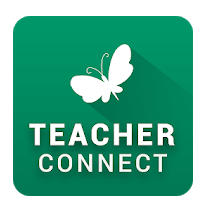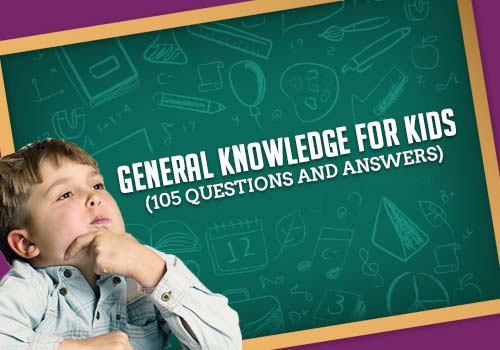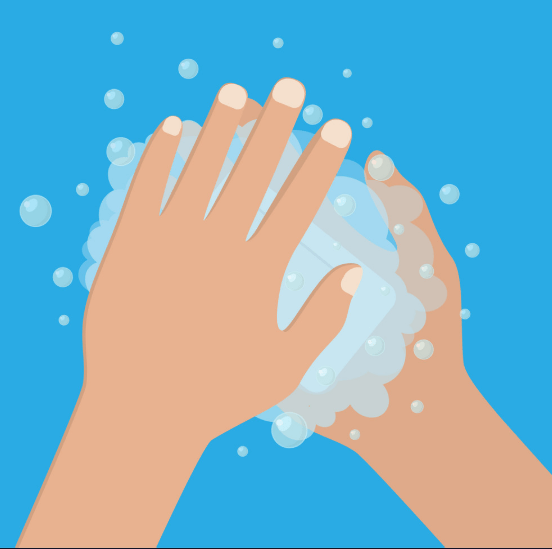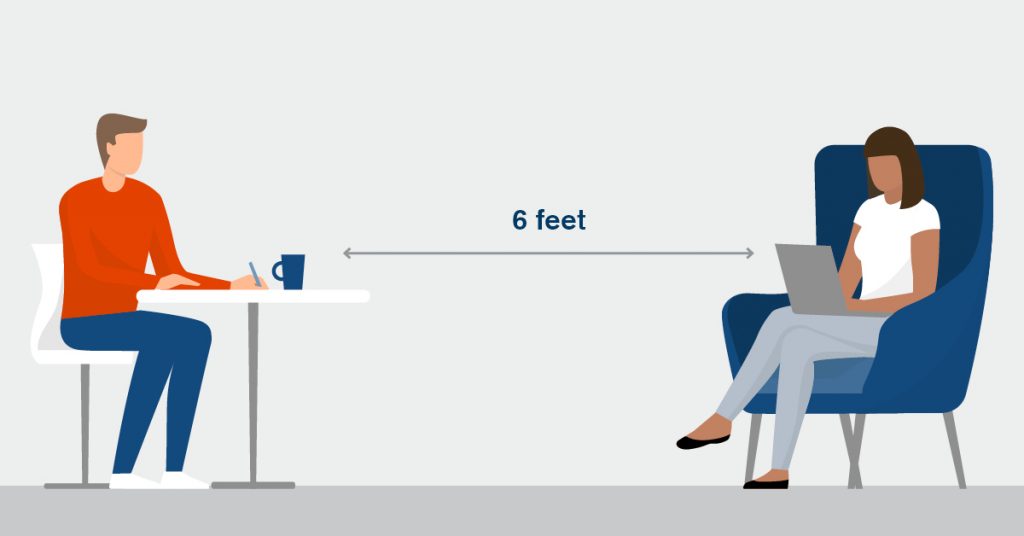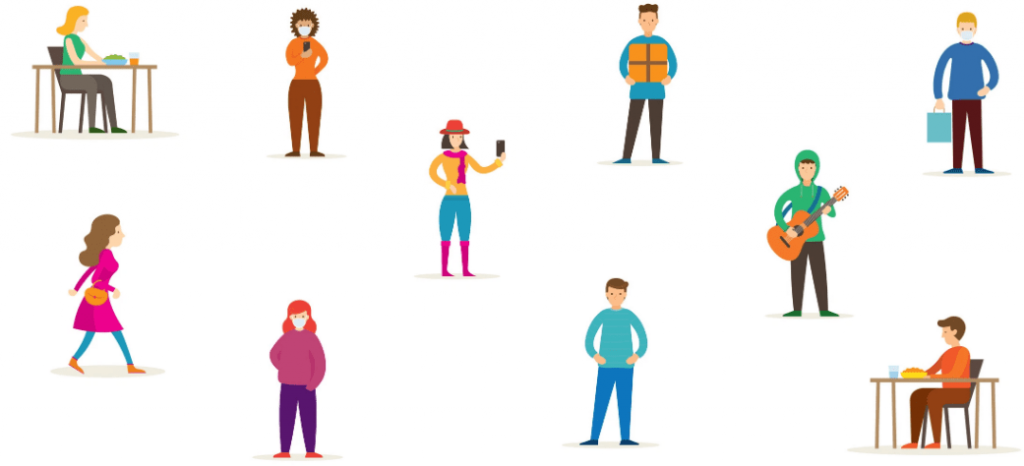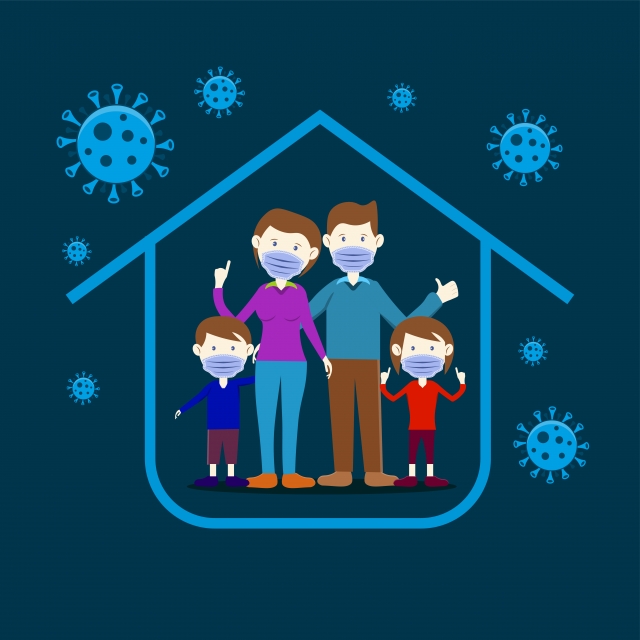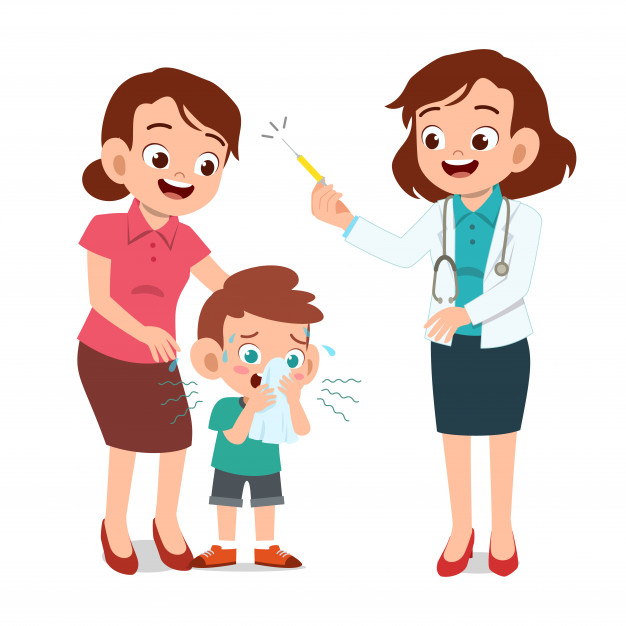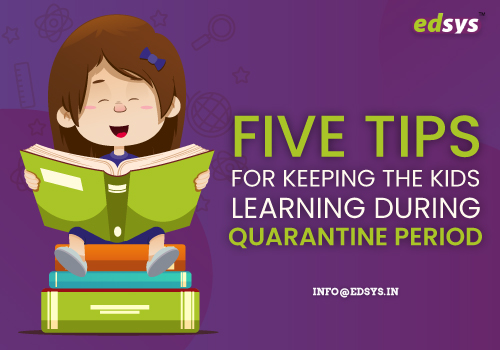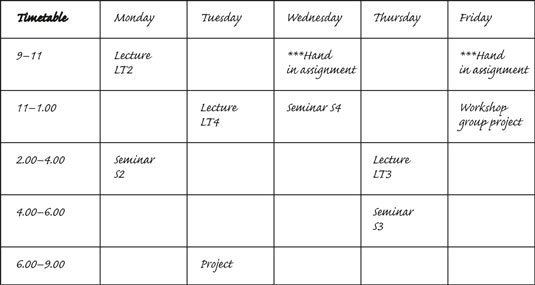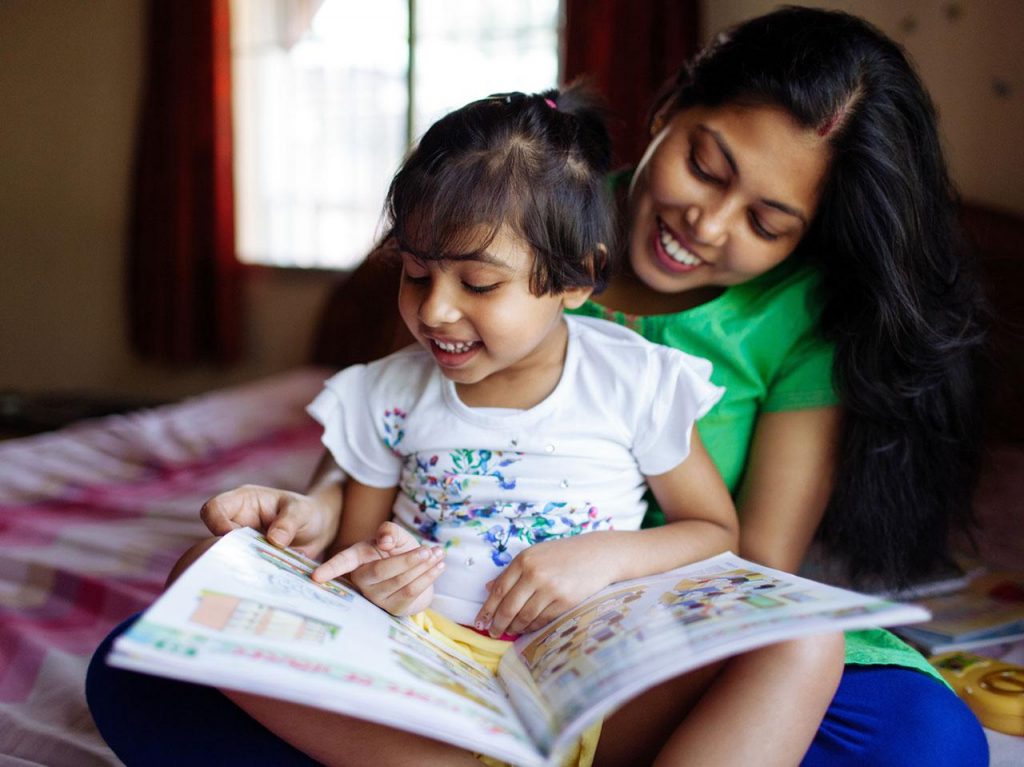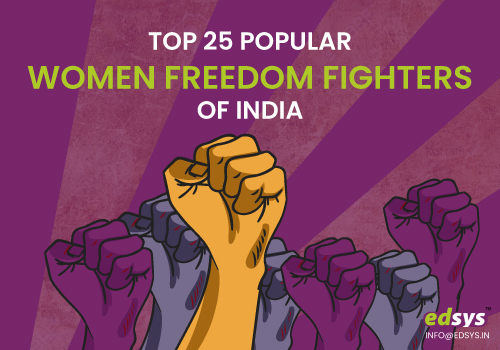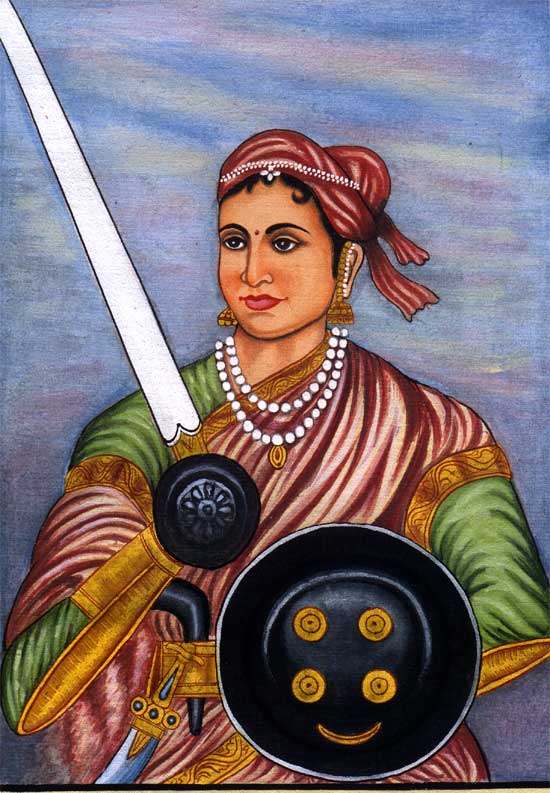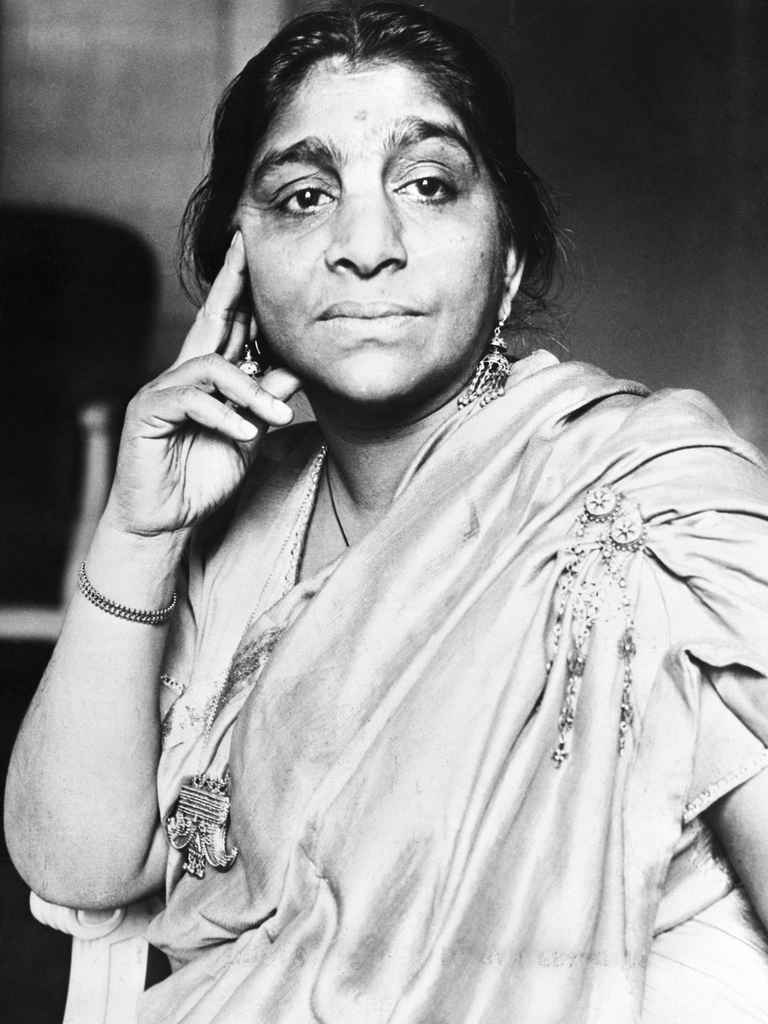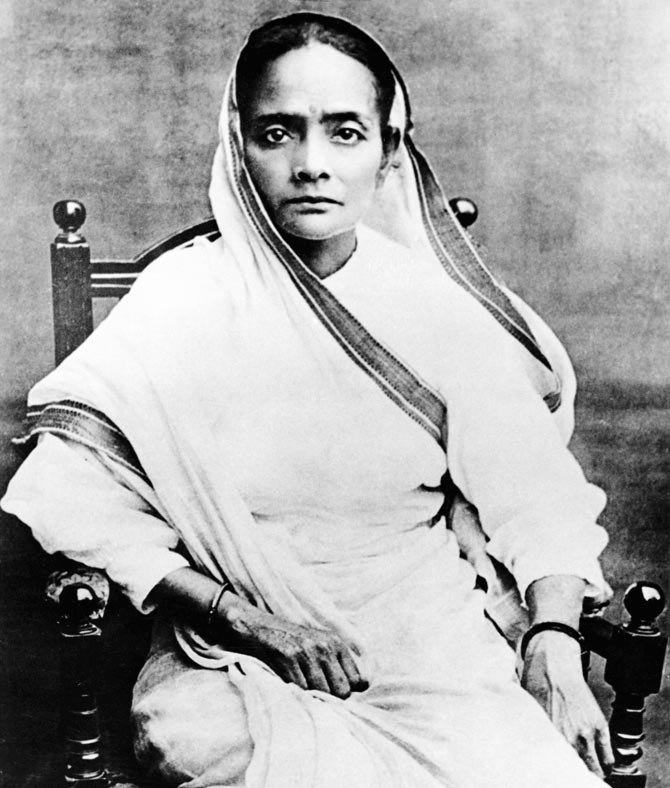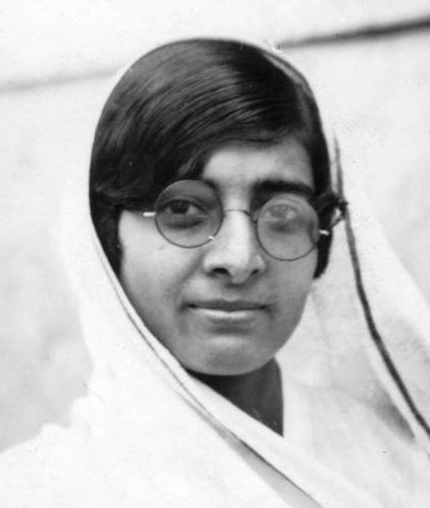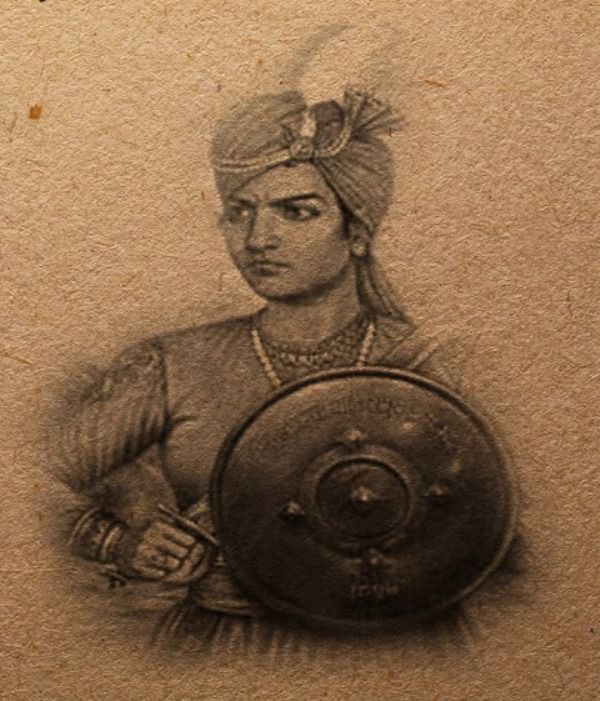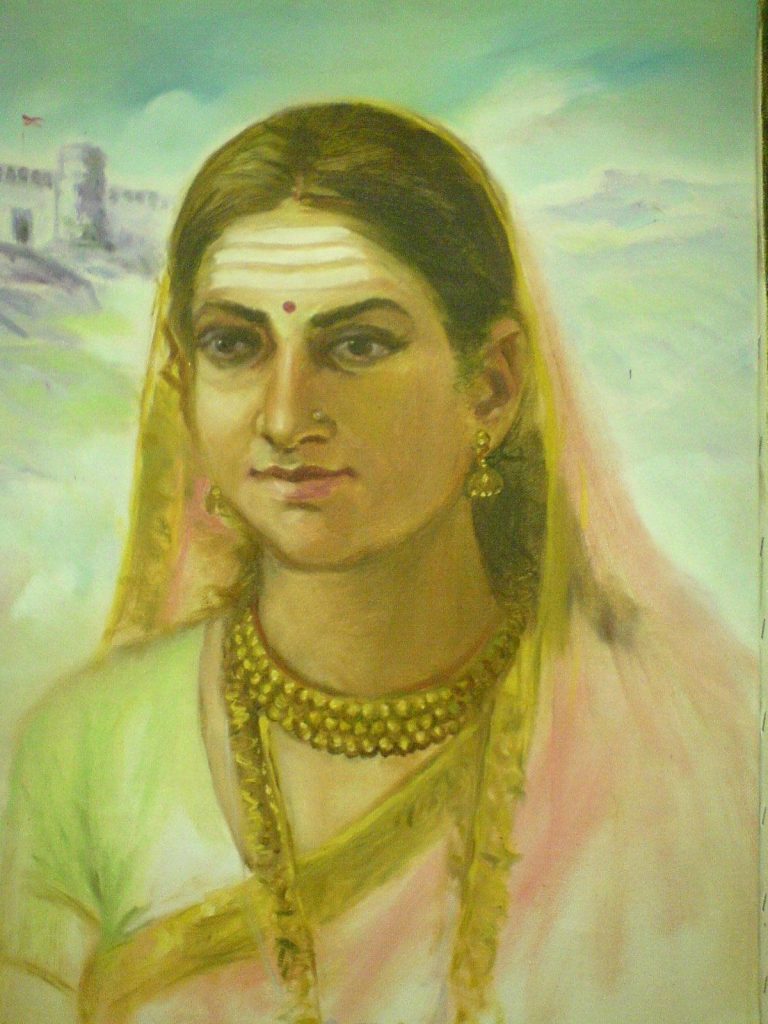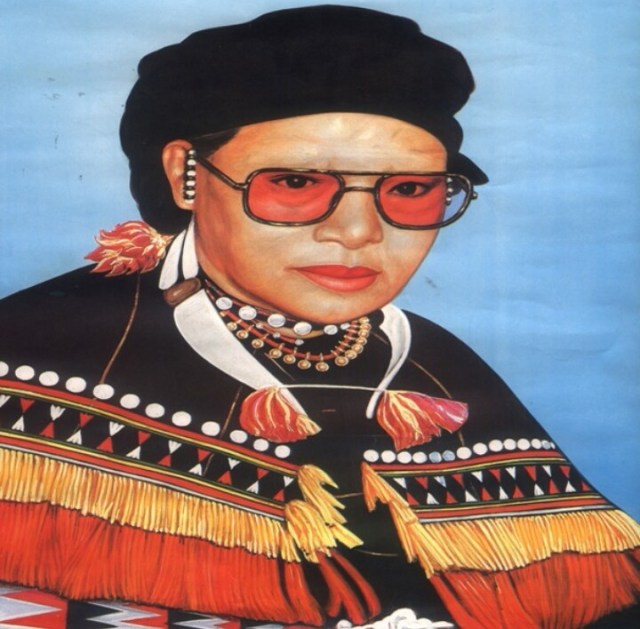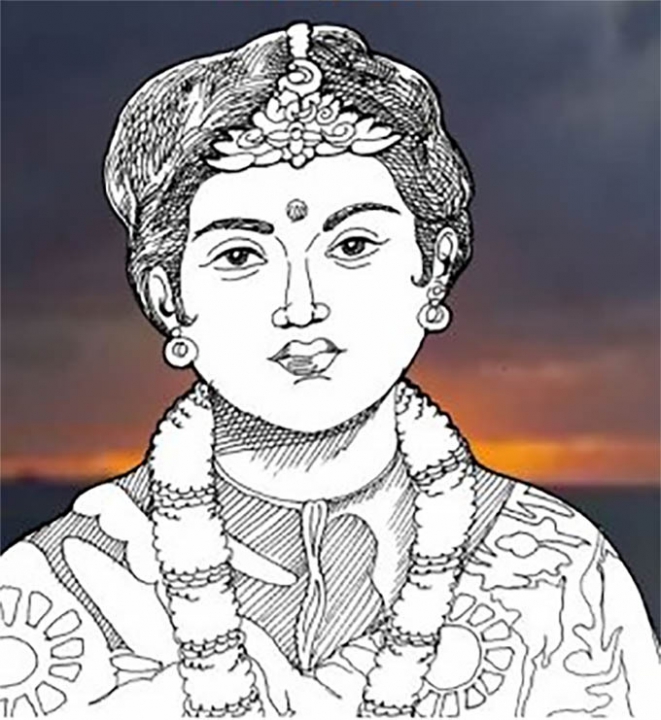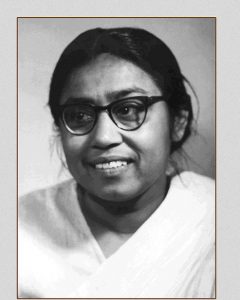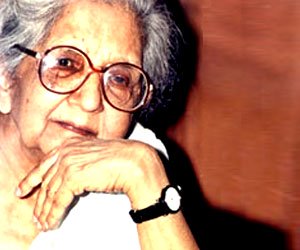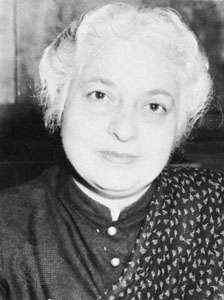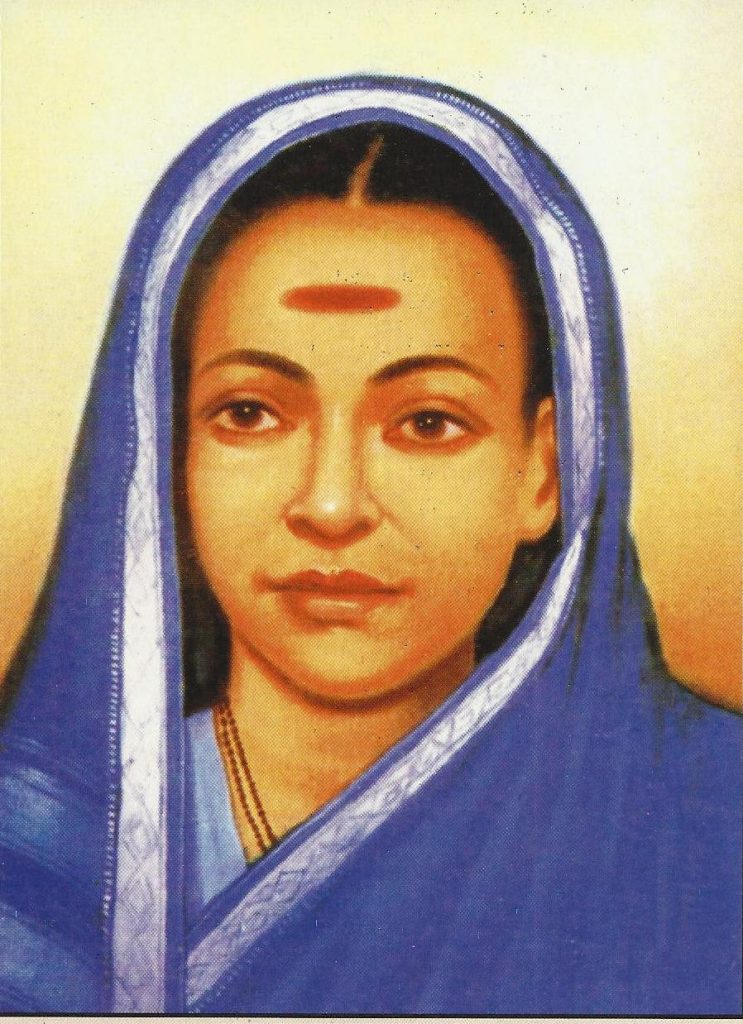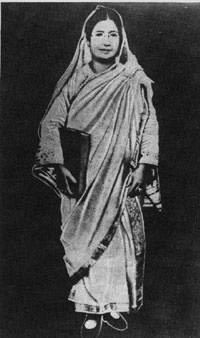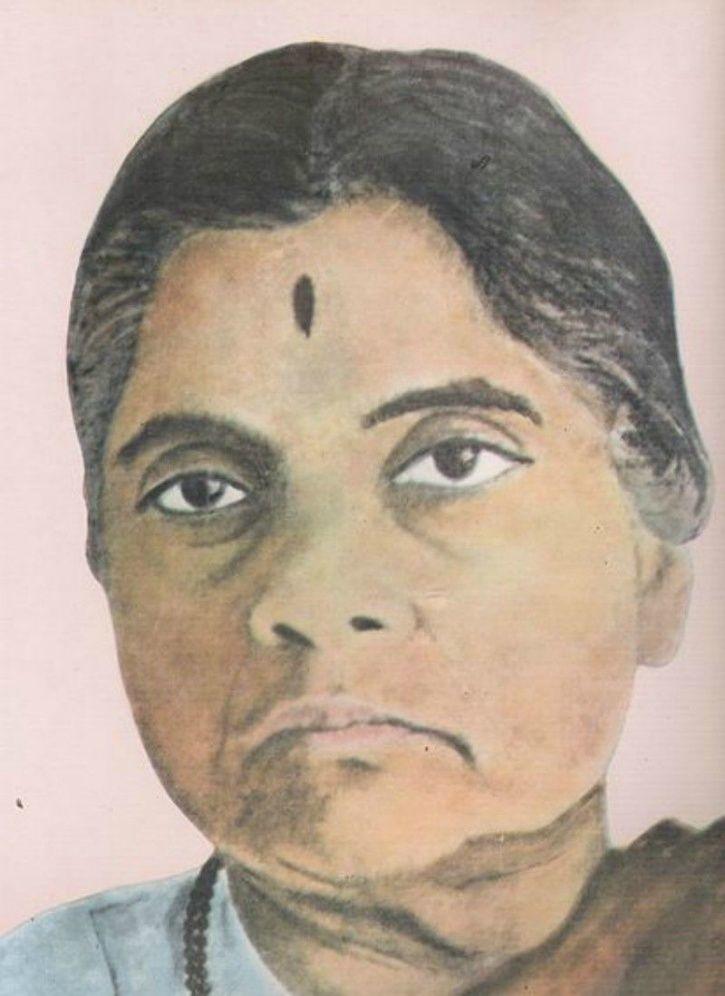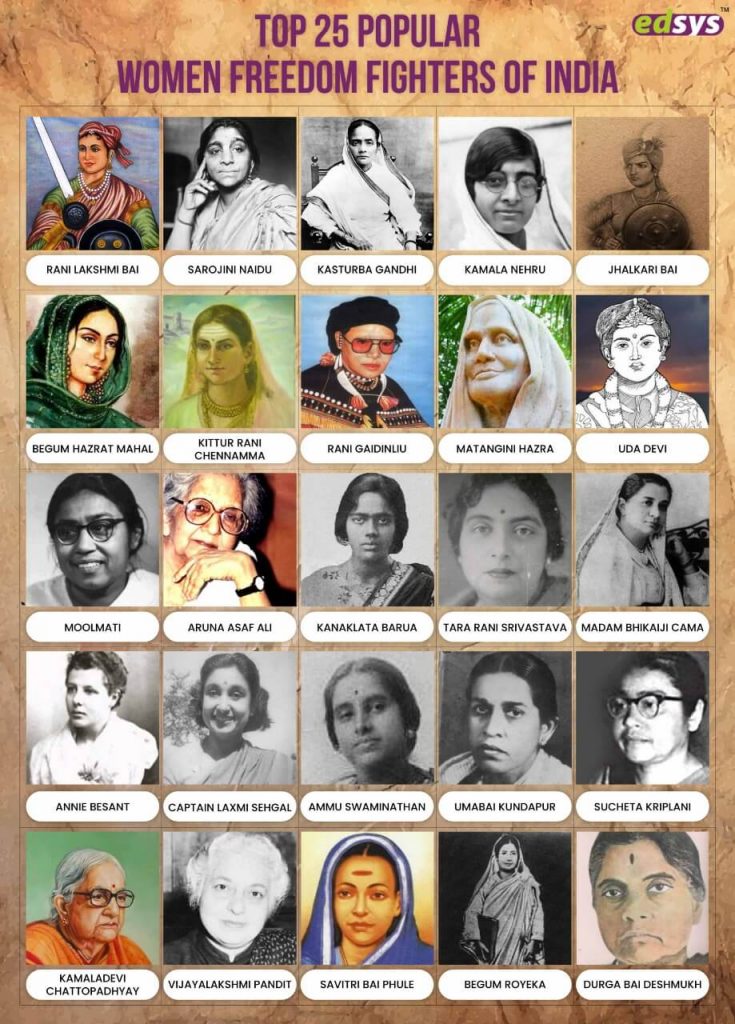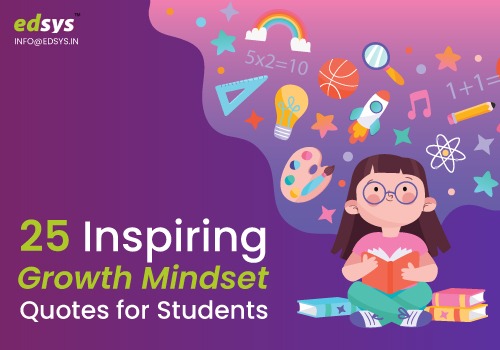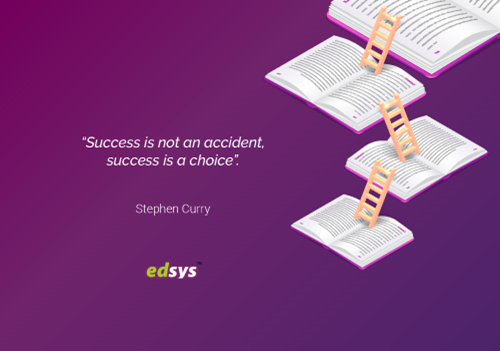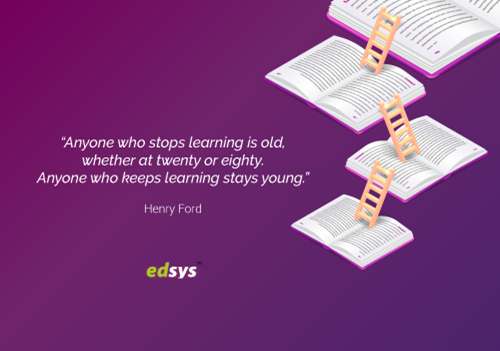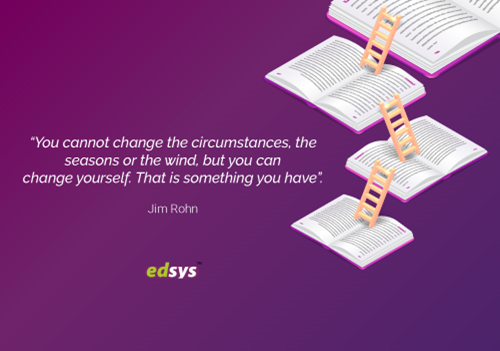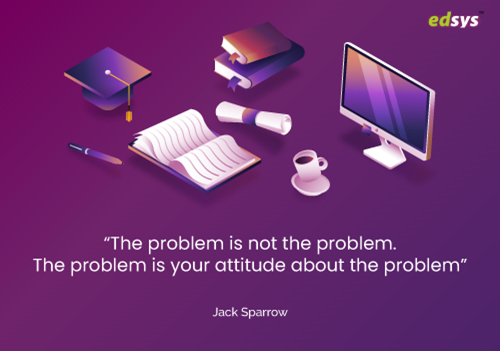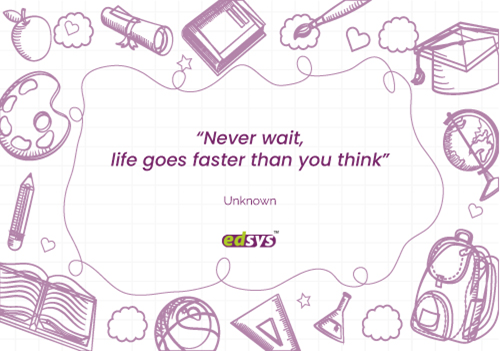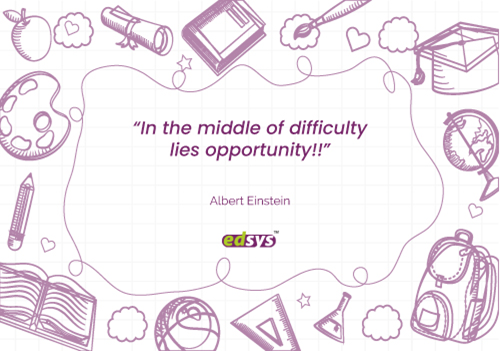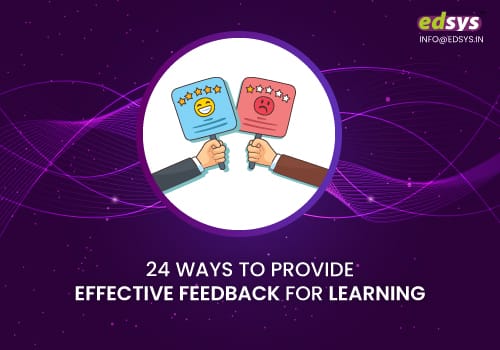Geography is an interesting subject that covers a lot of areas including world Atlas, planet Earth, the study of the lands, features, inhabitants, nature, environment, climatology & meteorology and a lot more. Picking a few Geography Quiz Questions with regard to the subject can be quite challenging as geography is too vast.
Here we have listed some of the simple geography quiz questions and answers for kids that cover important areas like country capitals, oceans, continents, cities, river, and seas.
Get more FREE Geography apps (Check it Now)
This is a good platform for kids to have an idea about the important geography areas and they can refer to related questions also to strengthen their knowledge base.
Have a look at 170+ Simple Geography Quiz Questions and Answers for Kids
-
Easy Geography Questions for Class 1, 2 and 3 (up to year 7)
-
Easy Geography Questions for Classes 4, 5 & 6
-
Fun Geography Quiz for classes 7 & 8
-
Hard Geography Quiz for classes 9 & 10
Also Read:
-
General Knowledge For Kids (230+ Simple GK Questions and Answers)
-
50 Math Riddles For Kids With Answers
-
68 Science Quiz For Kids of Classes 1 to 10
-
Facts About Pollutions For Kids
-
Solar System For Kids
Easy Geography Questions for Class 1, 2 and 3 (up to year 7)
Here are very simple travel trivia questions for you to get started on elementary geography. These questions are selected to suit the child’s basic knowledge.
1. Which is the largest country in the world?
Answer: Russia
2. Which country has the largest population in the world?
Answer: China
3. What are the names of the five oceans?
Answer: Pacific, Atlantic, Indian, Arctic and Southern
4. How many states of India share its border with Bhutan?
Answer: 4 (Arunachal Pradesh, Assam, West Bengal & Sikkim)
5. What is the capital city of India?
Answer: New Delhi
6. In which country would you find the Leaning Tower of Pisa?
Answer: Italy
7. Which are the 7 continents in the world from largest in area to smallest?
Answer: Asia, Africa, North America, South America, Antarctica, Europe, and Australia
8. Which is colder: The North Pole or the South Pole?
Answer: The South Pole
9. Which planet is nearest to the Earth?
Answer: Venus
10. What is the name of the biggest ocean on Earth?
Answer: The Pacific Ocean
11. The United States consists of how many states?
Answer: 50
12. Which is the largest waterfall in the world?
Answer: Victoria Falls
13. Which is the biggest desert in the world?
Answer: Sahara Desert
14. Which is the hottest continent on Earth?
Answer: Africa
15. Which is the highest mountain in the world?
Answer: Mount Everest
16. Which is the coldest place on Earth?
Answer: Antarctica
17. Which continent is known as Dark Continent?
Answer: Africa
18. What is the capital city of Canada?
Answer: Ottawa
19. Which continent is Britain part of?
Answer: Europe (lies to the Northwest of mainland Europe)
20. What do you call a chain of mountains?
Answer: A range
21. How many deserts does Africa have?
Answer: (Sahara, Kalahani and Namib)
22. Which is the largest lake in north America?
Answer: Lake Superior
23. What do you call when two water streams join?
Answer: Confluence
24. Which river flows through the rainforest in brazil?
Answer:Amazon
25. What led to the formation of Oregon lake?
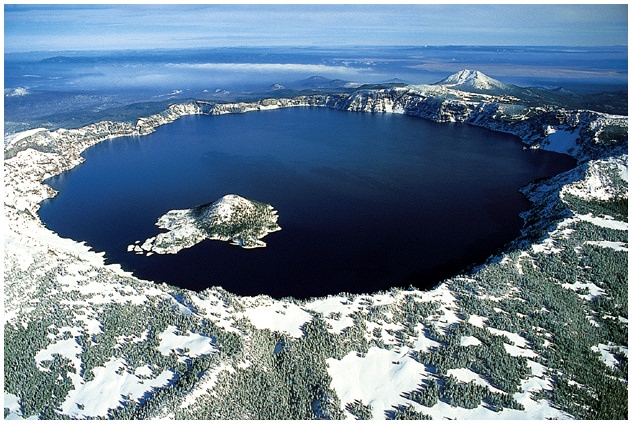
Answer: Collapse of Mount Mazama
26. What do you call land with water on 3 sides?
Answer: Peninsula
27. Where are the Andes mountains located?
Answer: South America
28. What is the capital of Uruguay?
Answer: Montevideo
29. What is Belgium’s nickname?
Answer: Cockpit of Europe
Get more FREE Geography Apps (Check it Now)
30. Ljubljana is the capital of which country?
Answer: Slovenia
31. Which hemisphere does Australia lie on?
Answer: Southern
32. From whom did the USA purchase Alaska from?
Answer: Russia
33. What is the name of the supercontinent that existed 200 million years ago?
Answer: Pangea
34. Tallest mountain in Great Britain
Answer: Ben Nevis
35. Which countries have pyramids older than egypt?
Answer: Sudan
36. Which is the largest rock in the world?
Answer: Mount Augustus
37. Which is the oldest city in the world?
Answer: Damascus, Syria
Easy Geography Questions for classes 4, 5 & 6
We can get into the more difficult questions now. These Geography questions are suitable for children around 9 year olds and 5th graders . This is the age they start to notice more about the structure of the world.
So be prepared by making use of our free gk questions and answers
48. Which is the most populous city in the United Kingdom which is also its capital city?
Answer: London
49. Which river forms part of the boundary between Mexico and the United States?
Answer: Rio Grande
50. Which country is also known as the Netherlands?
Answer: Holland
51. Which is the country with the most number of capital cities?
Answer: South Africa (3, Cape Town, Pretoria, Bloemfontein)
52. In which American city is the Golden Gate Bridge located?
Answer: San Francisco
53. Which is the coldest place on Earth?
Answer: Antarctica
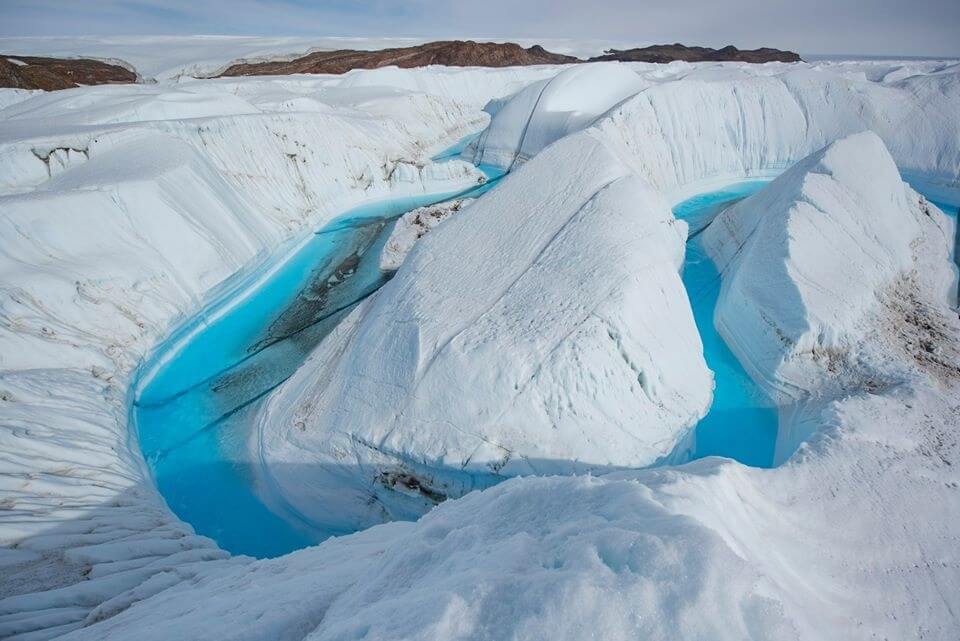
54. In which part of the river does the water flows the fastest?
Answer: Upper course
55. What is the capital city of Spain?
Answer: Madrid
56. In which country would you find Mount Kilimanjaro?
Answer: Tanzania
57. Which is the largest lake in the world?
Answer: Caspian Sea
58. What are horizontal and vertical imaginary lines around the earth called?
Answer: Latitudes and Longitudes
60. Ceylon is the former name of which country?
Answer: Sri Lanka
Get more FREE Geography Apps (Check it Now)
61. Which is the largest US state in terms of population?
Answer: California
62. What is the official language of Brazil?
Answer: Portuguese
63. Which is the only country with a coastline on both the Red Sea and the Persian Gulf?
Answer: Saudi Arabia
64. What is the capital of Thailand?
Answer: Bangkok
65. Which is the smallest country in Asia by population?
Answer: The Maldives
66. At which height does a hill become a mountain?
Answer: 600 m
67. What do you call smaller rivers that flow into another river?
Answer: Tributaries (It doesn’t flow into the sea)
68. Which climate can reach 40o Celsius during the day and 0o Celsius at night?
Answer: Arid or Deserts
69. Which two continents does Russia belong to?
Answer: Europe and Asia
70. What is the currency used in Britain?
Answer: Pound sterling
71. Which is the smallest country in the world?
Answer: Vatican City
72. Which country is called the Land of Rising Sun?
Answer: Japan
73. Which European country shares its border with the most neighbors?
Answer: Germany (9)
74. What is the official currency of Vietnam?
Answer: Vietnamese Dong
75. Which country shares the same peninsula as Portugal?
Answer: Spain
76. Which country is Taj Mahal in?
Answer:India
77. Where does the Colorado river flow through?
Answer: Grand Canyon
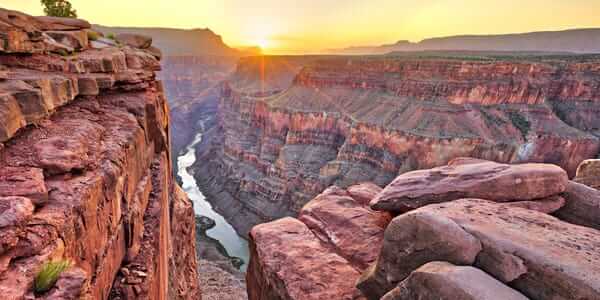
78. What lies above mexico?
Answer: USA
79. What type of bridge is Tower Bridge, London?
Answer: Brascule
80. Which continent is Tasmania in?
Answer: Australia
81. What kind of boat goes through canals?
Answer: Barges
82. Eurostar train goes from Europe to _________?
Answer: St Pancras Station
83. Where do river Clyde flow through?
Answer: Glasgow
84. Which famous painting depicted Mount Fuji?
Answer: The Great Wave – Hokusai
85. Which country faces the threat of drowning due to global warming?
Answer: Maldives
86. Where is K2 mountain located?
Answer: Between China and Pakistan border
Fun Geography Quiz for classes 7 & 8
Children over 10 years old can crunch these questions with ease.
87. Which is the world’s biggest port?
Answer: Port of Shanghai
88. Which country is the leading egg producer in the world?
Answer: China
89. What are the key factors that determine the climate of an area?
Answer: Latitude, Altitude, and Rainfall
90. Which country was once known as Rhodesia?
Answer: Zimbabwe
91. What is the capital city of China?
Answer: Beijing
92. What is the official language of Australia?
Answer: English language
93. Which is the country with the least population?
Answer: Vatican City
94. Which city is also known as ‘The Eternal City’?
Answer: Rome
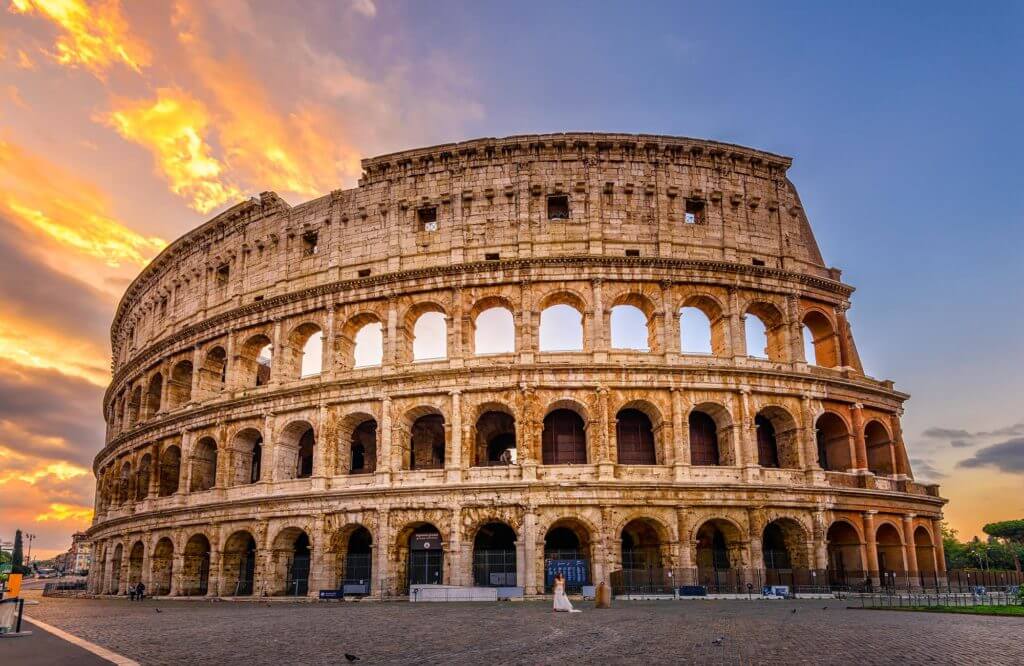
95. In which country do you find the Yellow River, also known as Huang He?
Answer: China
96. Which South American country has land borders with ten other countries?
Answer: Brazil
97. How many countries are there in the world today?
Answer: 195 countries (Member states of the United Nations-193, Non-member observer states-2)
98. Which ocean lies between Europe and America?
Answer: Atlantic Ocean
99. Which country is the second biggest in the world?
Answer: Canada
100. What is the currency used in Japan?
Answer: Japanese Yen
Get more FREE Geography Apps (Check it Now)
101. Which is the longest river in the world?
Answer: Nile
102. Which European country has a capital city called Bucharest?
Answer: Romania
103. Which is the largest volcano in the world?
Answer: The Mount Lao
104. Where is the biggest railway station in the world?
Answer: New York City (Grand Central Terminal)
105. Which is the only country through which both the equator and the Tropic of Capricorn pass?
Answer: Brazil
106. How many countries border Germany?
Answer: Nine (Denmark, Poland, Czech Republic, Switzerland, Austria, France, Belgium, Luxembourg and the Netherlands)
107. In which continent is the world’s longest river, the Nile?
Answer: Africa
Which European country is closest to the continent of Africa?
Answer: Spain
108. What is the capital city of Germany?
Answer: Berlin
109. Which is the tallest building in the world?
Answer: Burj Khalifa in Dubai since 2008, 828-metre (2,717 ft)
110. Mount Everest lies in which mountain range?
Answer: The Himalayas
111. Which is the biggest country in Africa continent?
Answer: Algeria
112. What is the biggest latitude called?
Answer: Equator
113. Where can we find the longest border?
Answer: Between Canada and US
114. Yamuna is the tributary of?
Answer: Ganges river
115. Where is Mount Ararat located?
Answer: Turkey
116. What is Sydney harbor known for?
Answer: Largest steel arch bridge
117. What is the full form of LoC
Answer: Line of control
118. Which country has the greatest difference between its highest and lowest temperatures?
Answer: Russia
119. Where is the Blue Nile river located?
Answer: Ethiopia
120. How many time zones does India have?
Answer: Two
121. Where is the Rotterdam port located?
Answer: Europe
123. Where is the highest annual rainfall recorded?
Answer: Hawaii
124. Which is the largest city in ireland?
Answer: Dublin
125. Where is the longest vertical drop located?
Answer: Mt. Thor on Baffin Island
126. Which hemisphere does the majority of humans live in?
Answer: Northern (90%)
127. Which celestial body near us is wider than the australia?
Answer: The moon
Hard Geography Quiz for Classes 9 & 10
Now it’s time to get into the details and dwell into questions for high school and above.
128. Which English city did poet Matthew Arnold describe as ‘the city of dreaming spires’?
Answer: Oxford
129. Which device measures the speed of wind?
Answer: Anemometer
130. Which is the country with the most number of islands?
Answer: Sweden (221,800 islands)
131. Which is the second most populated country in the world?
Answer: India
132. What is the national currency of Malaysia?
Answer: Malaysian Ringgit
133. Addis Ababa is the capital city of which African country?
Answer: Ethiopia
134. What is the currency used in Singapore?
Answer: Singapore Dollar
135. Seven African countries begin with the letter M, Can you find and name all seven countries?
Answer: Madagascar, Malawi, Mali, Mauritania, Mauritius, Morocco, Mozambique
136. Which ocean lies between Africa and Australia and south of Asia?
Answer: Indian Ocean
137. Which country is the second largest in the world in terms of surface area?
Answer: Canada
138. In which country is the holy cities of Mecca and Medina located?
Answer: Saudi Arabia
139. Which is the country with the most number of borders?
Answer: China (14 countries- India, Pakistan, Afghanistan, Tajikistan, Kyrgyzstan, Kazakhstan, Mongolia, Russia, North Korea, Vietnam, Laos, Myanmar, Bhutan and Nepal)
140. Where is the world’s longest sea crossing?
Answer: Hong Kong to Macau, China (55km)
141. Which is the world’s longest country from north to south?
Answer: Chile (2,647 miles long, spreads through 38 degrees of latitude)
142. Which are the countries that share open borders?
Answer: New Zealand and Australia
143. In which country does the River Nile meet the sea?
Answer: Egypt
144. Which is the longest river in Asia?
Answer: River Yangtze
145. What is the capital city of Malaysia?
Answer: Kuala Lumpur
146. Which are the only two countries to have a land border with the US?
Answer: Canada and Mexico
147. Which major oceans surround the continent of Africa?
Answer: the Indian Ocean and the South Atlantic Ocean
148. What is Earth’s approximate water vs. land coverage ratio?
Answer: 71 to 29
149. Which is the longest river in Europe?
Answer: Volga
150. Which is the happiest place on Earth to live?
Answer: Finland (balance of beauty and generosity, as per latest findings)
Get More FREE Geography Apps (Check it Now)
151. Which day is celebrated as World Earth Day?
Answer: April 22
152. Which rainforest makes up around half of the world’s remaining rainforests?
Answer: The Amazon Rainforest
153. What do you call a study of weather?
Answer: Meteorology
154. Which city in United States has the nick name ‘The Big Apple’?
Answer: New York City
155. Which river rises in Peru, has no bridge crossing it and enters the sea in Brazil?
Answer: The Amazon
156. Which place receives the world’s highest annual average rainfall?
Answer: Mawsynram (Over 10,000 millimeters of rain in an average year)
157. Which country has the longest coastline in the world?
Answer: Canada
158. What is the capital city of America?
Answer: Washington, D.C.
159. Which is the longest river in Asia?
Answer: Yangtze River
160. Europe and Africa are separated by which sea?
Answer: The Mediterranean
161. Which Italian city is famous for its canals?
Answer: Venice
162. Which national capital city is the closest to the equator?
Answer: Quito
163. Which countries share the longest border in the world?
Answer: Canada – United states
164. At what rate is the dead sea sinking?
Answer: 1 meter per year
165. Which is bigger: Mount Everest or Mariana Trench?
Answer: Mariana Trench
166. How many time zones does Russia have?
Answer: 11
167. Which country is part of all the hemispheres?
Answer: Africa
168. Which country produces the most rice?
Answer: Chine
169. Which lake is the largest in Africa?
Answer: Lake Victoria
170. Which country has the lowest population density?
Answer: Mongolia
171. Which country has the highest population density?
Answer: Monaco
172. When did Bangladesh get independence?
Answer: 1971
173. At what rate is the himalayas growing?
Answer: 1.5 cm every year
True or false: Geography Questions and Answers
174. It is illegal to fly over Taj Mahal
Answer: True
175. Which island has no connection to the modern world?
Answer: North Sentinel Island
176. How many islands are there in the philippines?
Answer: 7100+
177. How many countries does China touch?
Answer: 14
Get More FREE Geography Apps (Check it Now)
Conclusion
These are a few among the mainly asked and discussed geography quiz questions in the field of geography.
Teachers and school authorities can have discussion forums and geography quiz competitions once in a while to help the students to stay prepared and updated in the subject.
Parents can also use their free time at home to help them take online geography quiz tests where they can test their knowledge base.
Good reading and research habits can help them to improve their base in the subject while they move up to higher classes.
